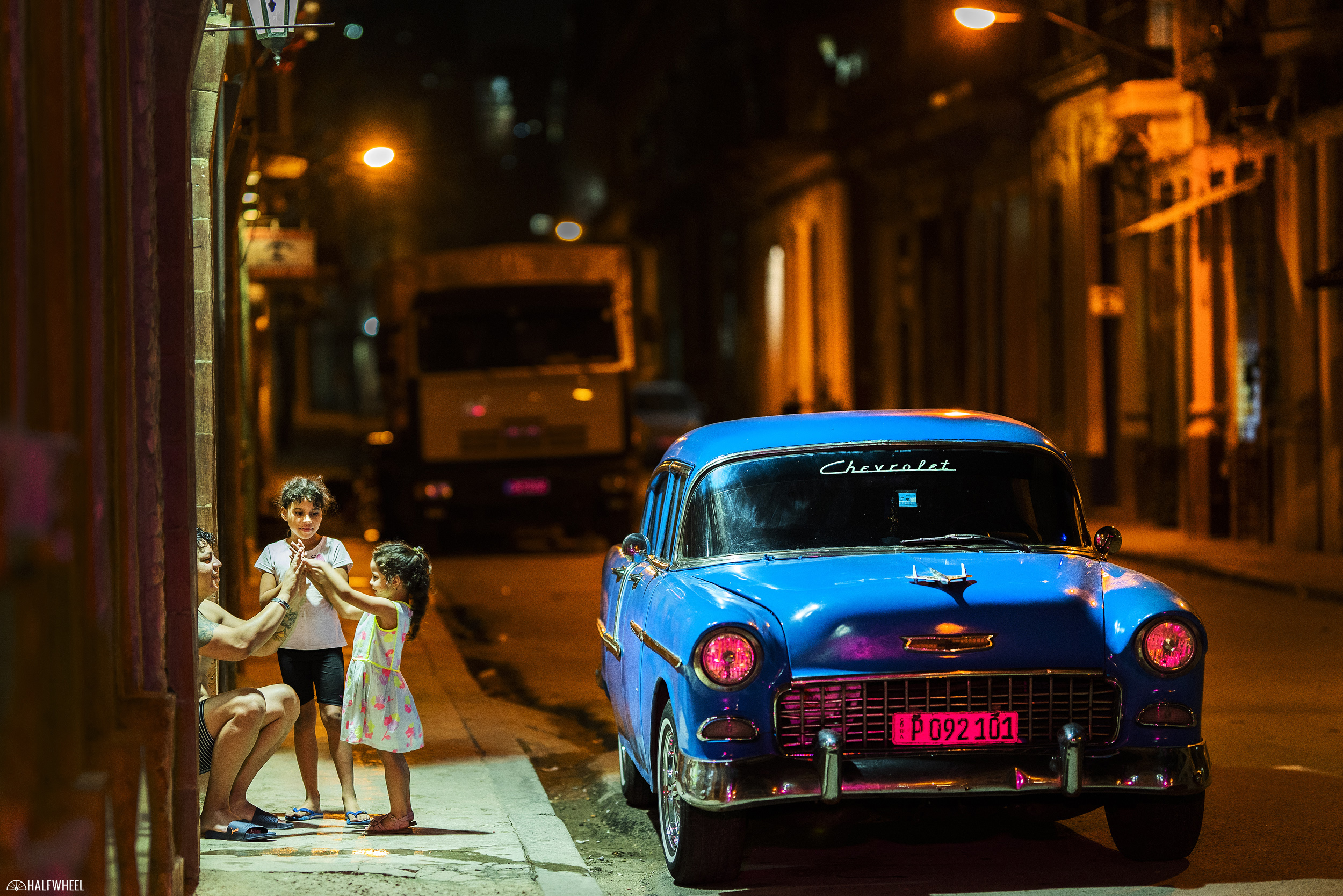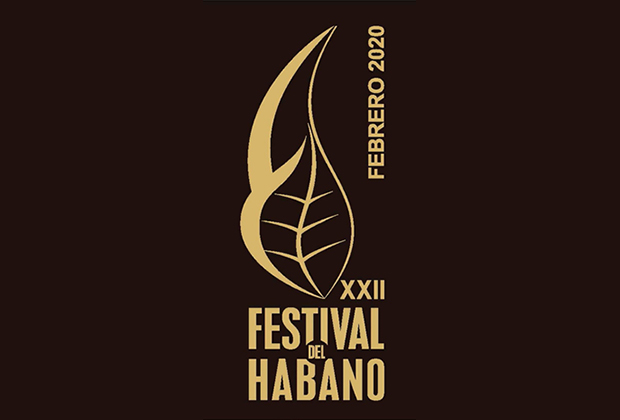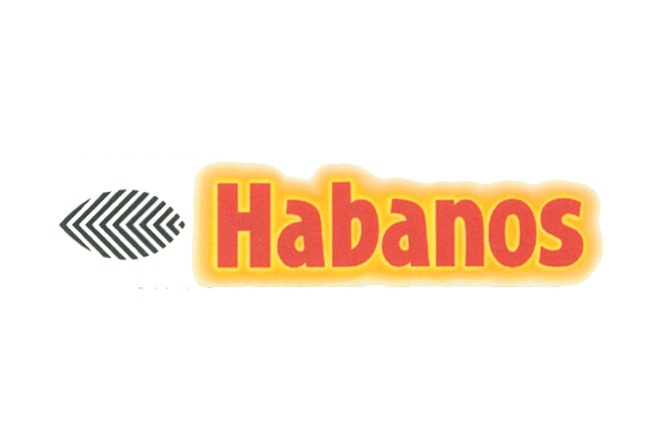My fifth year covering the Festival Del Habano in Cuba did not end the way that I was expecting.
On my second flight from Miami to Dallas, I started feeling extremely ill, and things had gotten so bad by the time I landed that I had to go straight to the emergency room from the airport. There, I was tested for the flu—which ended up as a positive for Influenza A—and diagnosed with extreme dehydration, due to me being an idiot and basically not drinking anything for the previous 24 hours or so.
Editor’s Note: I saw Brooks drinking multiple alcoholic beverages Friday night, including consuming a full glass of Champagne in less than three seconds. That particular incident led to the Champagne server giving him a particularly memorable look. — CM.
In the end, I was essentially out of commission for more than a week as I recovered. And while is no doubt that being sick sucks–especially when said sickness meant that my daily coverage of the festival had to be pushed back by about a week—but if there is a silver lining at all, it is in the fact that I had plenty of time to reflect on some of the aspects of my trip from different angles.
Editor’s Note II: Brooks also managed to give me the flu. — CM.
The prevailing wisdom when talking about Cuba—and the city of Havana specifically—has always that visiting the city was like “stepping back in time,” since so few major noticeable changes had been made since about the 1950s. While that is definitely still the case on the surface, things are beginning to change in significant ways, and for the first time since I have started visiting Cuba in 2016, there are overt signs of progress in multiple parts of daily Cuban life.
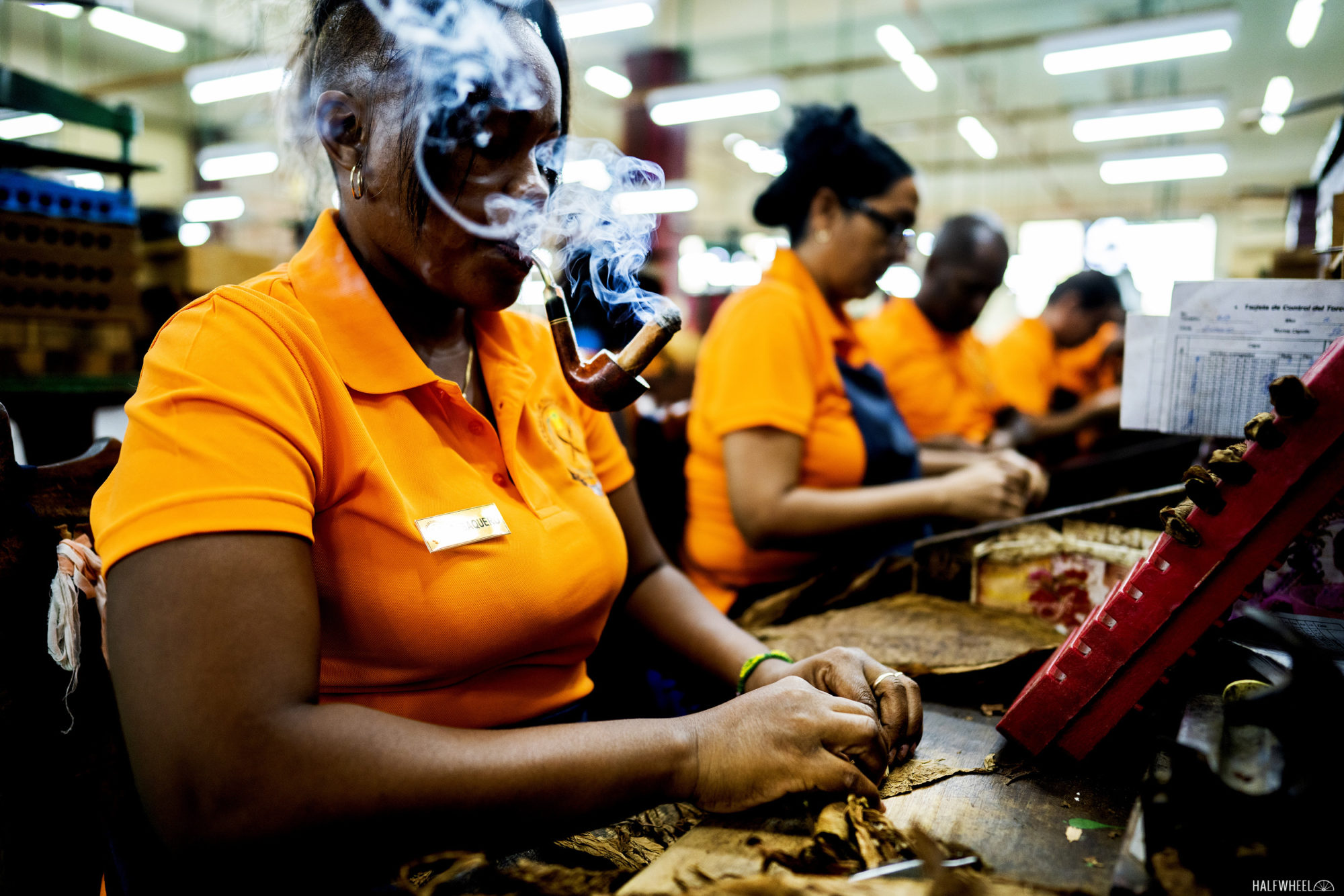
Oh, sure, most of the cars are still old, most of the buildings are old, and most of the streets are old and in need of major repairs. But there are very obvious signs of progress right in front of you, even in places where you would not expect.

For example, since I was in Havana last year, the city added a brand new five-star hotel named Paseo del Prado, right next to the water and almost within spitting distance of the Castillo de Morro across the bay. With 10 floors and 250 rooms, it looks like something that might be located off the strip in Las Vegas—albeit quite a bit smaller—with plenty of glass and an amazing rooftop terrace.
In addition, while prices at restaurants and eating establishments remain fairly competitive, taxi prices continue to increase. In fact, one of the people I was staying with mentioned that on a purely cost per mile basis, the taxis in Havana ended up costing us more than ones in New York, even if you are not in a somewhat restored 1950s Chevy.
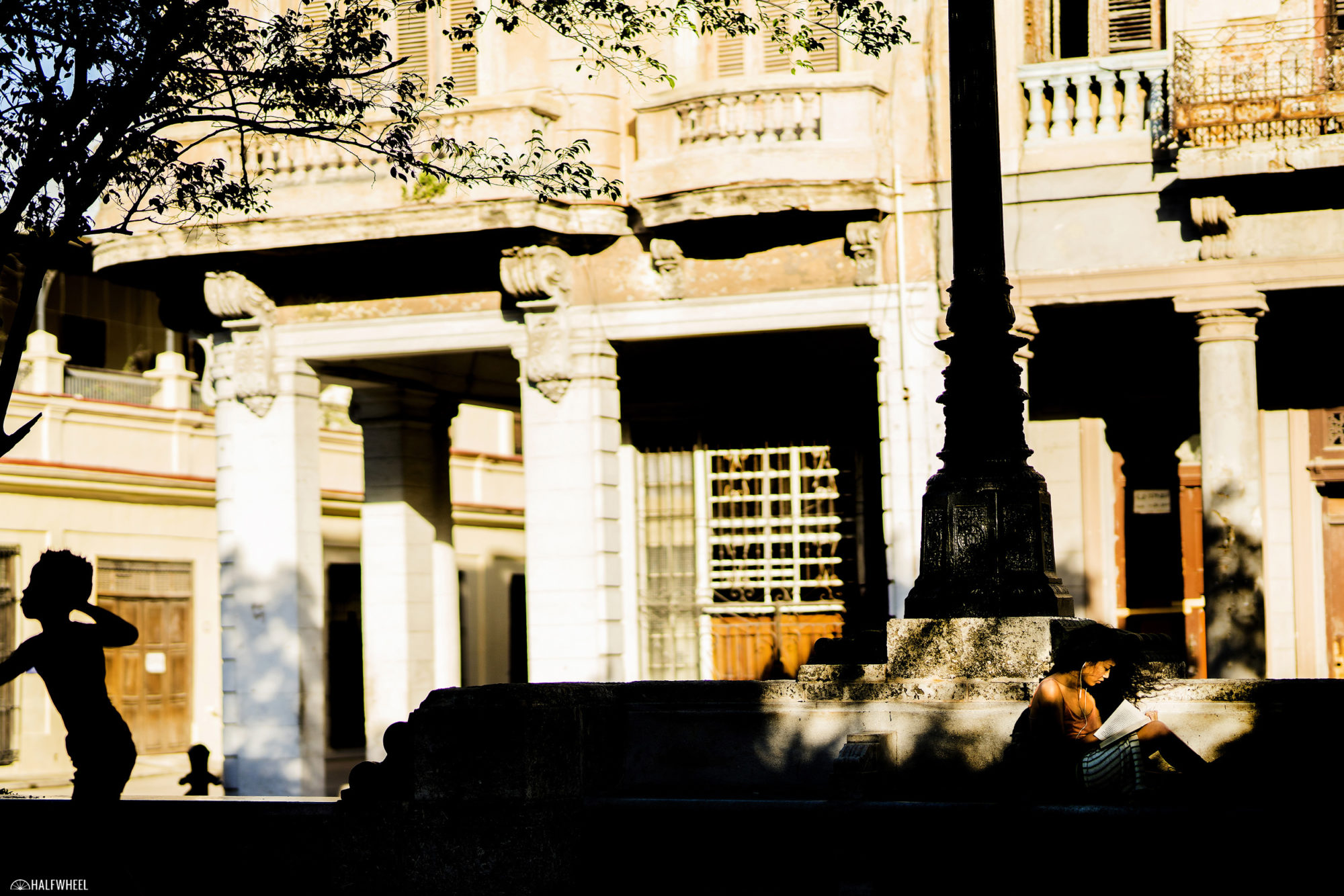
Of course, those high taxi prices have other effects as well, one of which is the fact that the island country now has not one, but two different Uber knockoffs, apps called Bajanda and Sube. While results were a bit inconsistent—hey, it’s Cuba—the idea that you have a chance to get experience Uber-esque convenience when the vast majority of cars picking you up would most likely be more than 50 years old is mind-blowing.
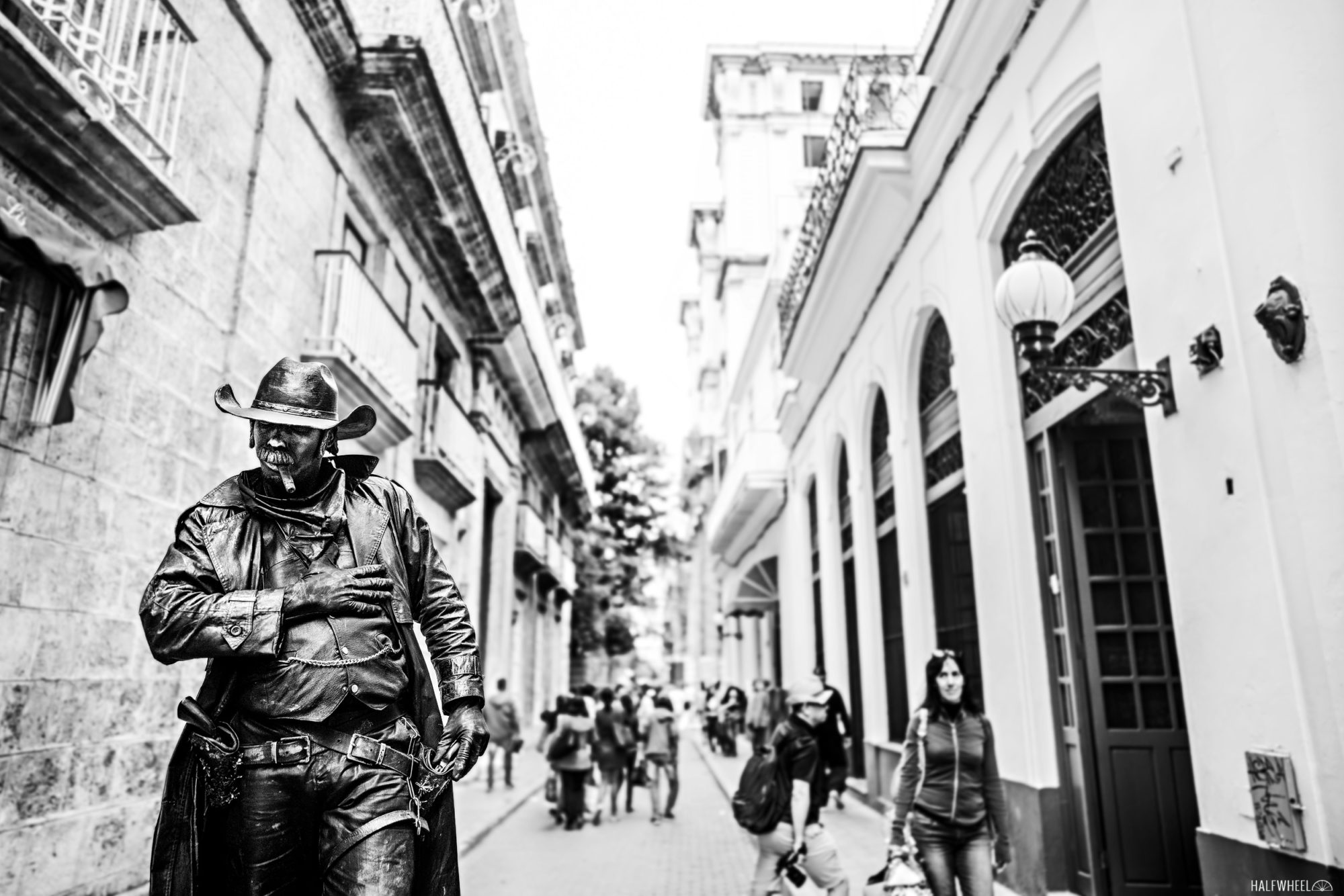
The differences did not stop there, as there were some major changes with the Festival del Habano as well that translated to a much smoother and enjoyable experience. On my end, that started with the process to get press passes, which took a grand total of 10 minutes compared to the more than four hours it had taken in the past. In addition, for the first time that I can remember people were let into seminars early instead of having to wait for 15-30 minutes past the time it was supposed to start, although the crowds being made to wait just outside the doors did not change.

With that said, there was one major change that made a huge difference in terms of our experience, specifically relating to the internet. In the past, internet cards could be purchased in a number of different places that would allow you to get online wherever the company you were paying—the vast majority of the time, that company was one named Etecsa—had a connection set up, be it in restaurants, hotels or even private homes that were close to a connection spot. However, this year there was a major change: while you could still get online in any of those places, the cards that you purchased could, most of the time, only be used in the location where you purchased them.
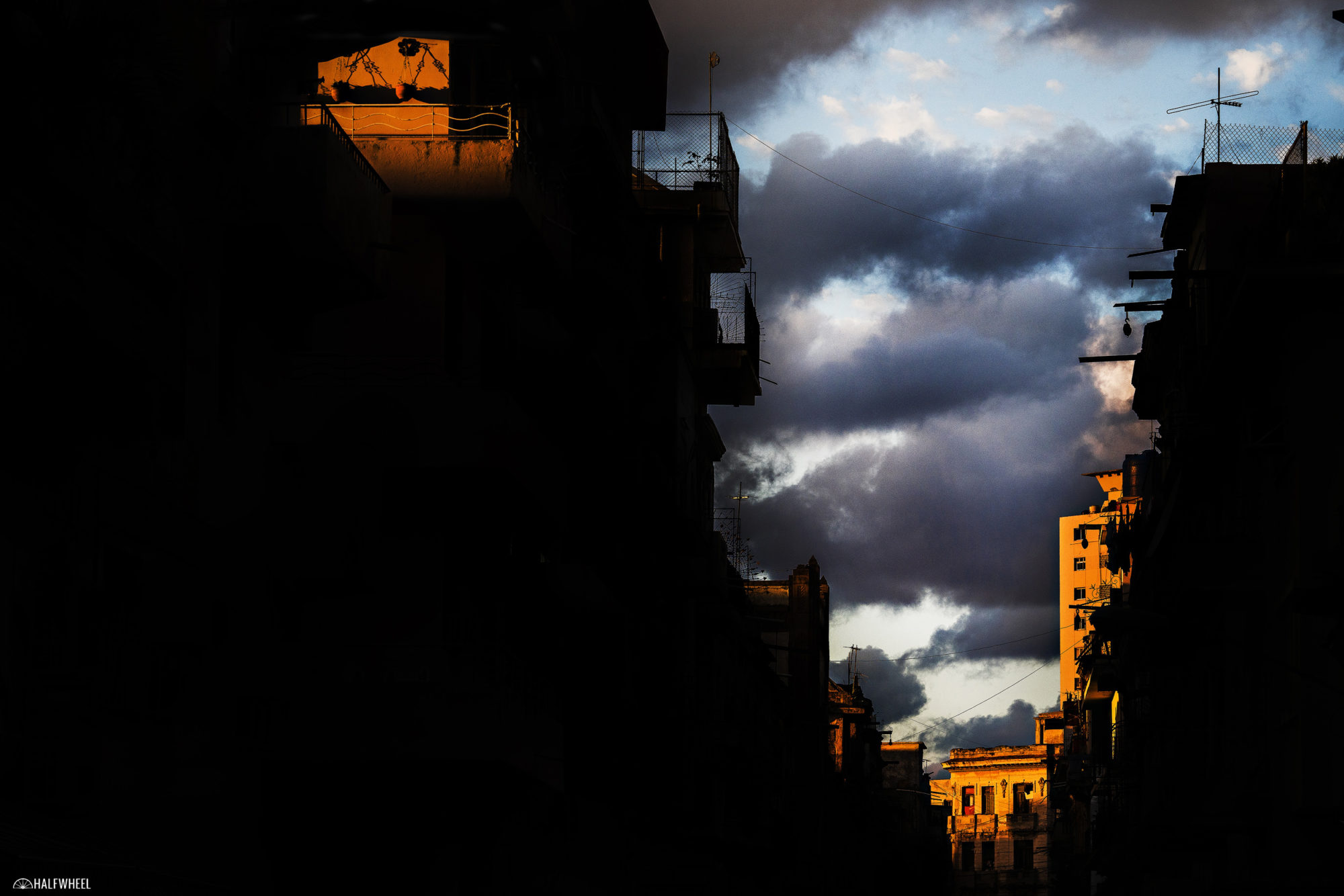
What this meant was that I could purchase a card to get online in the hotel lobby without an issue, but after walking about 100 feet into the convention center part of the hotel where the trade show was being held, that card would not work. This ended up being more of an annoyance than an actual major hindrance—trust me, I am just happy to have the option to go online any major capacity in a place like Havana—but I found it to be an interesting change nonetheless.
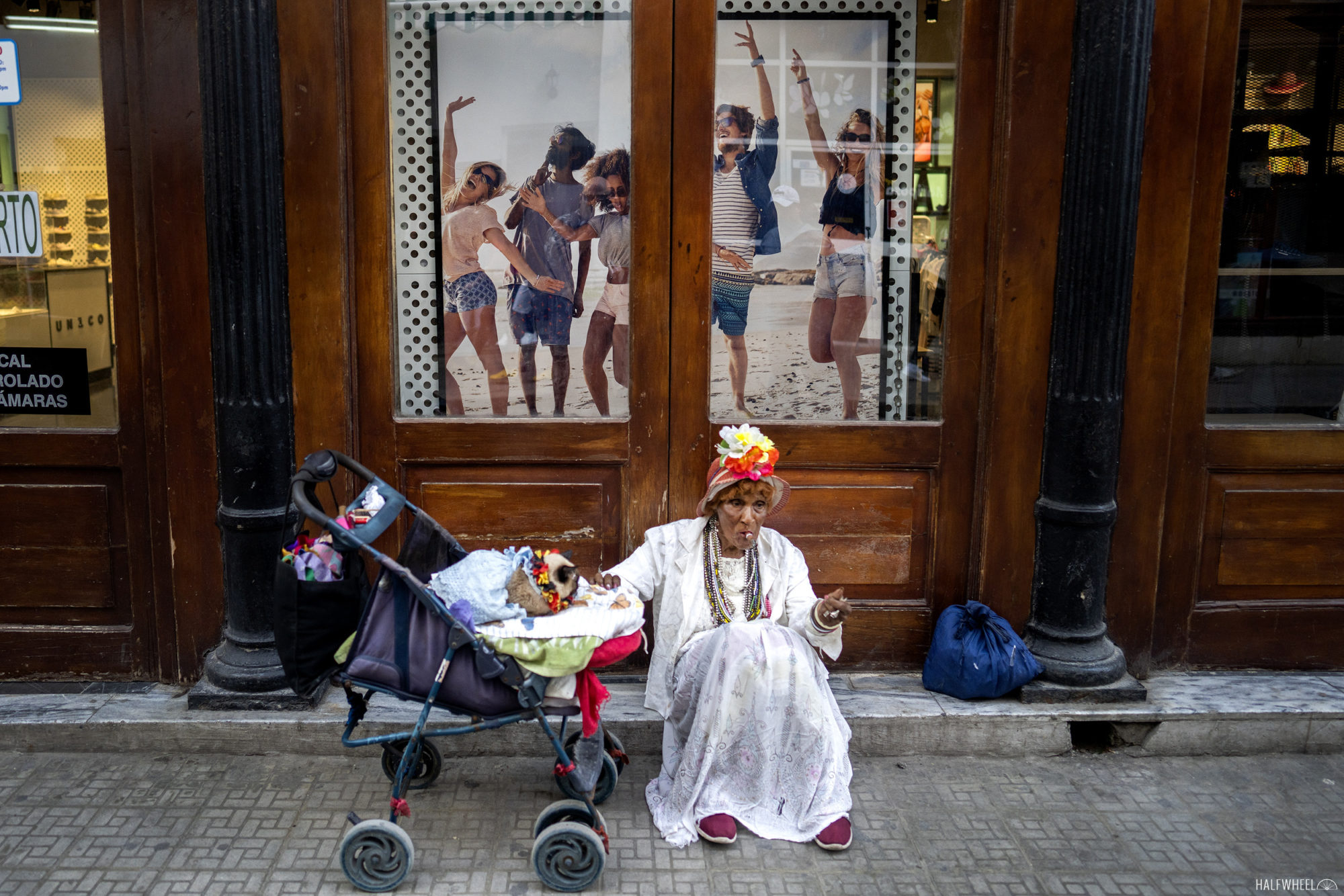
Having said all of the above, as has been the case since I started visiting Cuba in 2016, the Cuban people remain one of the best parts of my trip. Good-natured and positive in almost every aspect as well as very understanding when it came to my lack of Spanish, they are more than willing to help in any way they can.
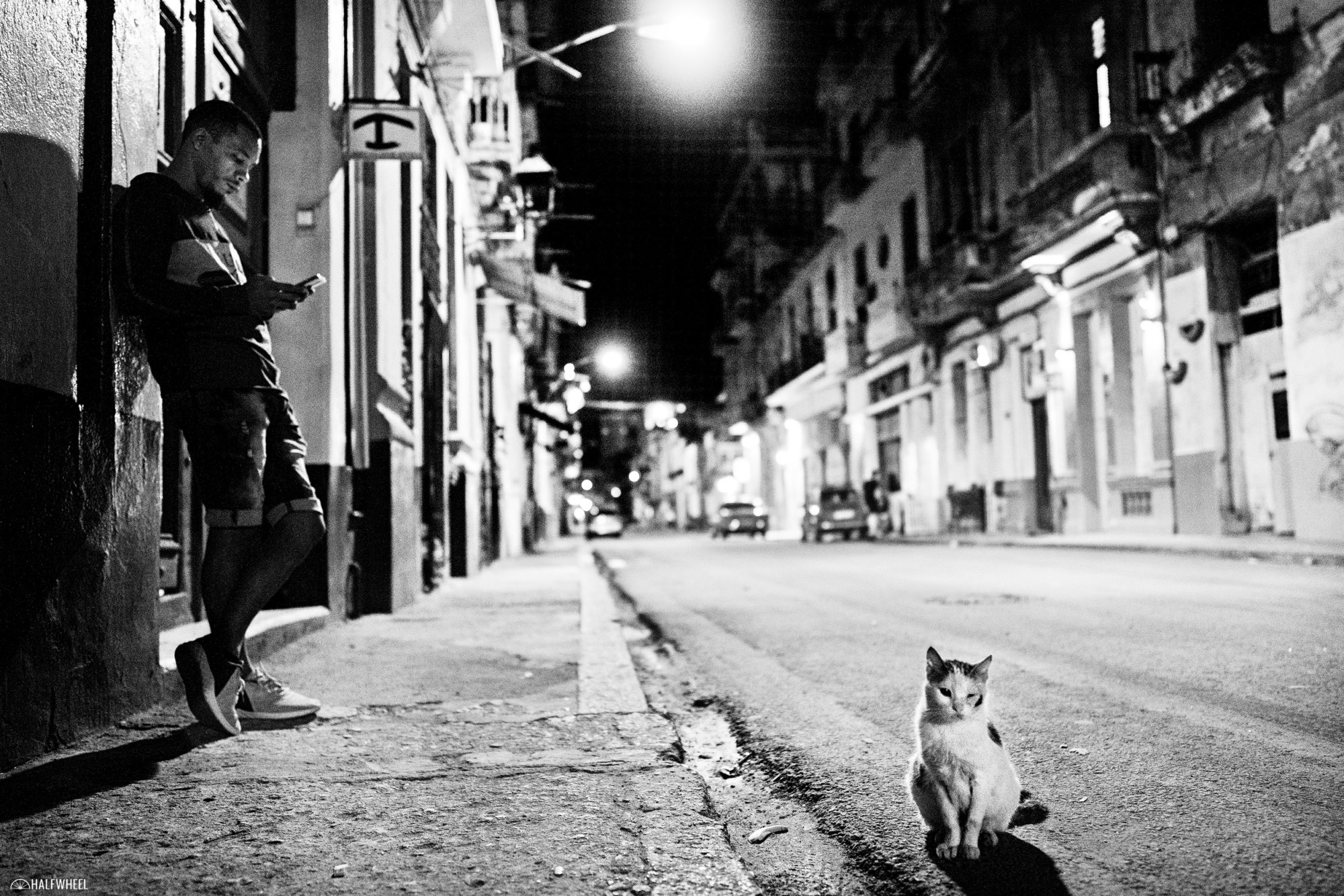
In the end, Cuba remains one of my favorite countries in the world to visit, and I am looking forward to returning again next year.

